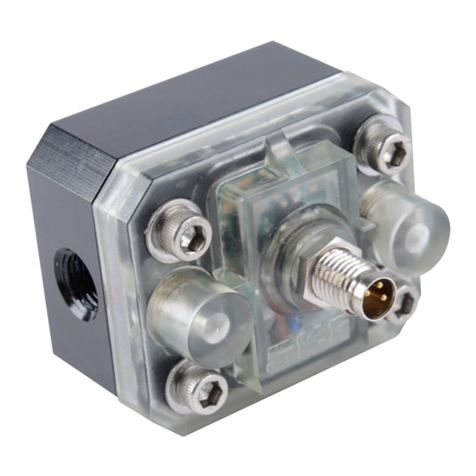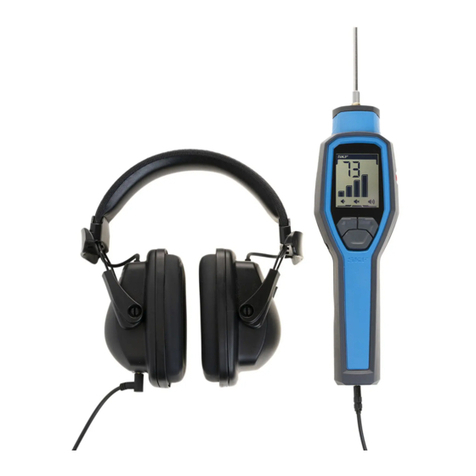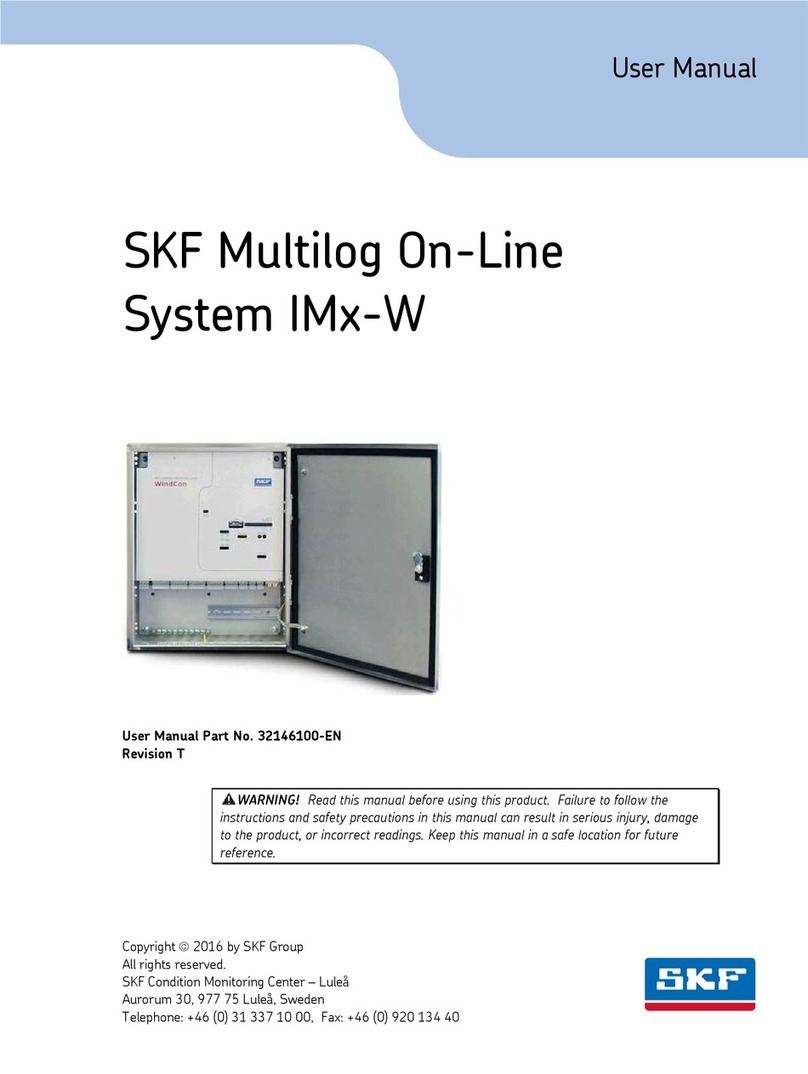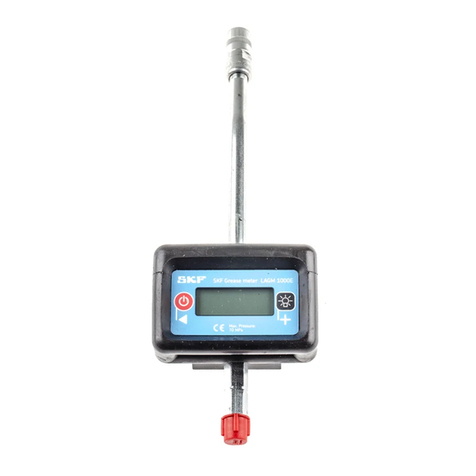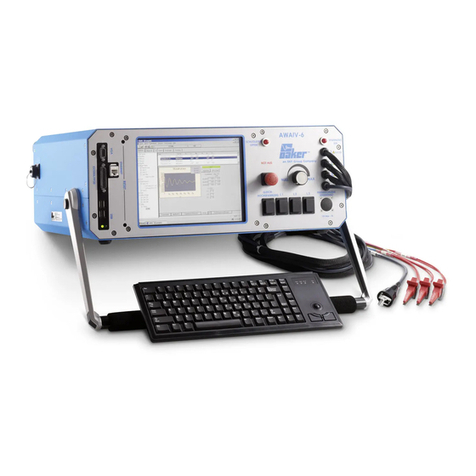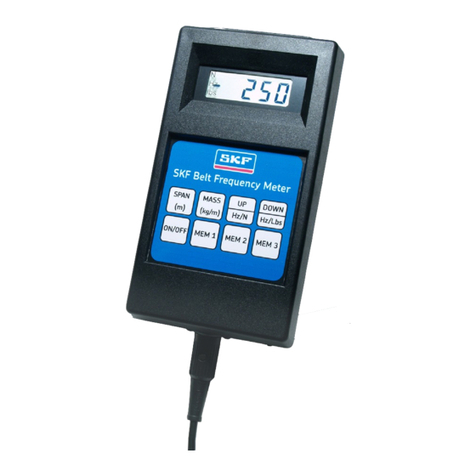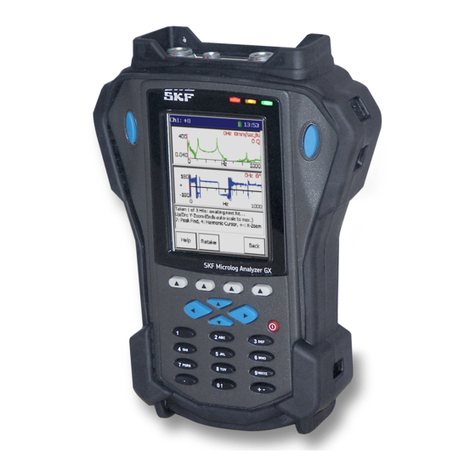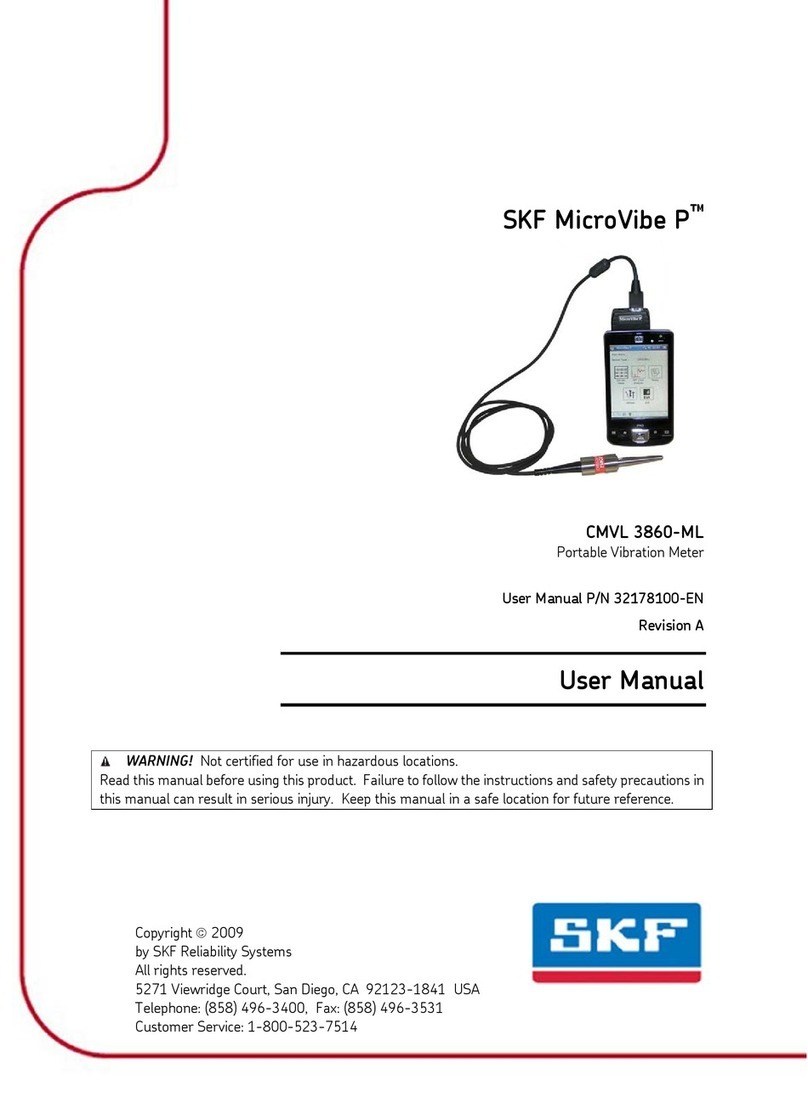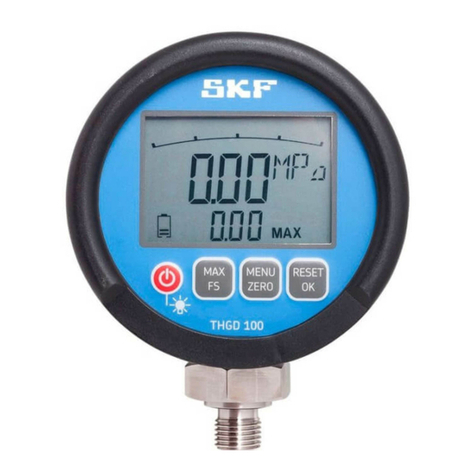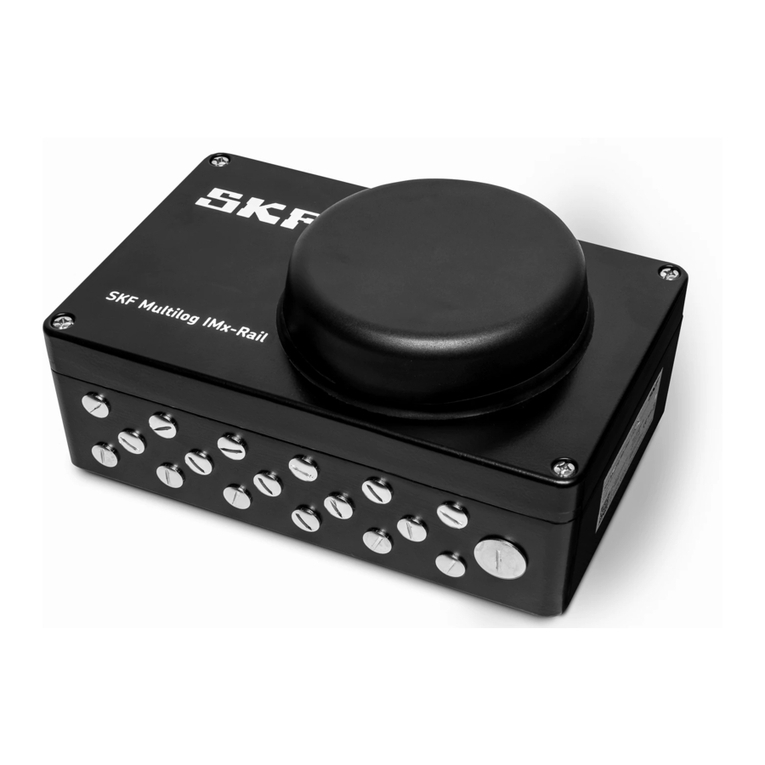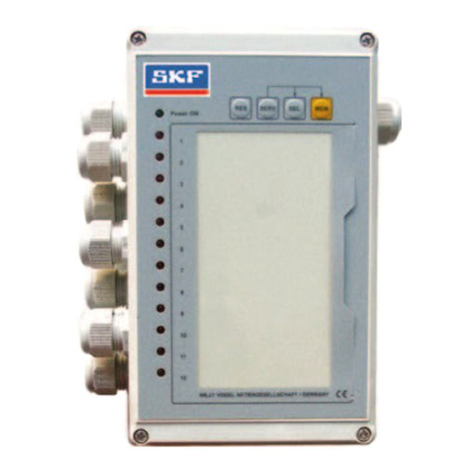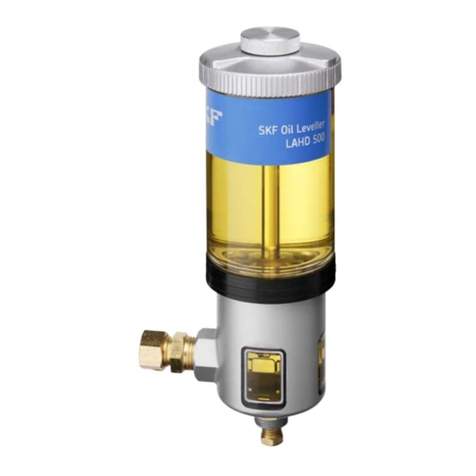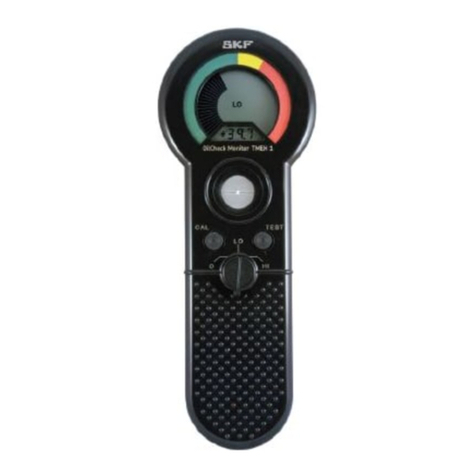
2
TABLE OF CONTENTS
1 LEGAL DISCLOSURE.......................................................................................................................................5
2 EXPLANATION OF SYMBOLS, SIGNS AND ABBREVIATIONS.....................................................................6
3 SAFETY INSTRUCTIONS.................................................................................................................................9
3.1 General safety instructions..........................................................................................................................9
3.2 General behaviour when handling the product ...........................................................................................9
3.3 Intended use ...............................................................................................................................................9
3.4 Foreseeable misuse..................................................................................................................................10
3.5 Painting of plastic parts not allowed..........................................................................................................10
3.6 Modifications to the product ......................................................................................................................10
3.7 Forbidden measures .................................................................................................................................10
3.8 Other applicable documents .....................................................................................................................10
3.9 Notes on the type plate .............................................................................................................................11
3.9.1 Notes on the CE marking ...................................................................................................................11
3.9.2 Note on UKCA marking ......................................................................................................................11
3.9.3 Notes on the EAC marking.................................................................................................................11
3.9.4 Note on the RoHS mark in China.......................................................................................................11
3.10 Persons authorised to operate the device ..............................................................................................12
3.10.1 Operator ...........................................................................................................................................12
3.10.2 Mechanical specialist .......................................................................................................................12
3.10.3 Electrician.........................................................................................................................................12
3.10.4 Orientation for external technicians..................................................................................................13
3.10.5 Provision of personal protective equipment .....................................................................................13
3.11 Operation ................................................................................................................................................13
3.11.1 Emergency stopping of the flowmeter unit.......................................................................................13
3.11.2 Transport, installation, maintenance, malfunctions, repairs, shutdown for maintenance and
disposal .......................................................................................................................................................13
3.12 Commissioning and daily start-up...........................................................................................................14
3.13 Cleaning ..................................................................................................................................................14
3.14 Residual risks..........................................................................................................................................15
4 DELIVERY, RETURN & STORAGE................................................................................................................16
4.1 Delivery .....................................................................................................................................................16
4.2 Return........................................................................................................................................................16
4.3 Storage......................................................................................................................................................16
5 LUBRICANTS ..................................................................................................................................................17
5.1 General information...................................................................................................................................17
5.2 Lubricant selection ....................................................................................................................................17
5.1 Material compatibility.................................................................................................................................18
5.2 Ageing of lubricants...................................................................................................................................18
6 SKF SAFEFLOW FLOWMETERS SF05A, SF10A, SF15A, SF20A, SF30A ..................................................19












